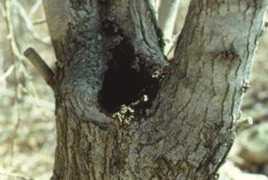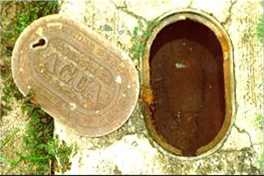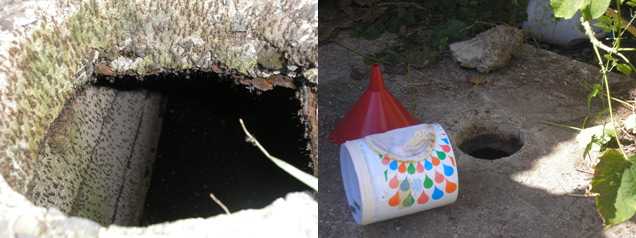Mosquitoes' Main Aquatic Habitats
Aquatic habitats are containers in which eggs develop into adult mosquitoes. Mosquitoes that transmit dengue lay eggs on the walls of water-filled containers in the house and patio. The eggs hatch when submerged in water and can survive for months. Mosquitoes can lay dozens of eggs up to 5 times during their lifetime.
There is a great variety of man-made containers on backyards or patios that collect rain water or that are filled with water by people where dengue vectors thrive. Disposing of unused containers, placing useful containers under a roof or protected with tight covers, and frequently changing the water of animal drinking pans and flower pots will greatly reduce the risk of dengue infections. Water storage containers should be kept clean and sealed so mosquitoes cannot use them as aquatic habitats.
Common containers in which eggs develop into adult dengue mosquitoes:
Natural Plant Containers

Rain-filled cavities in trees, bamboo internodes, leaf-axils of plants
Artificial containers that are filled with rain water

Large discarded containers (tires, damaged appliances) and small discarded containers (paint cans)

Trash cans, pails or buckets, painting trays, toys
Artificial containers that are filled with water by people and also collect rain water

Water-storage containers (wells, tanks, cisterns, barrels, jars, buckets)

Ornamental or recreational containers (plant pots and dishes, plastic pools, rooting plants in water/ aquatic plants)

Animal drinking pan

Leaking water meter

Broken or unsealed septic tanks
- Page last reviewed: September 10, 2009
- Page last updated: September 27, 2012
- Content source:


 ShareCompartir
ShareCompartir